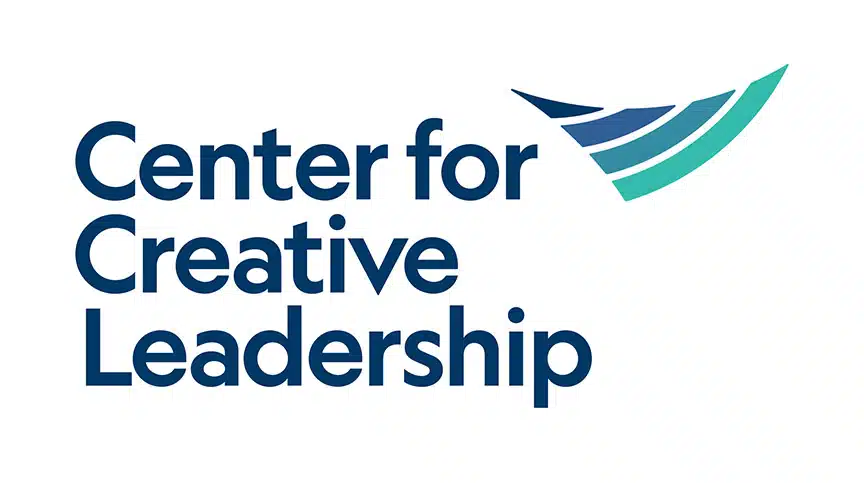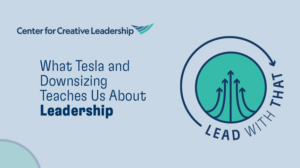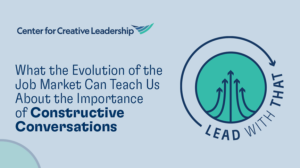Featuring notes from Diane Bergeron on the importance of workplace bereavement support and the impact of grief on employees and their organizations.
Experience & Hardships
Home > Content About Talent Development > Content About Experience & Hardships

Featured Leading Effectively Article
Hardships are painful, but often have silver linings. Discover 4 unexpected lessons from hardships that can help you turn challenge into opportunity.
Content About Experience & Hardships
In this episode, Ren and Allison discuss corporate downsizing at Tesla and how leadership can really make a difference during times of conflict and disruption in organizations.
In this episode, Ren and Allison discuss how business leaders have been handling layoffs, and how meaningful, constructive conversations with employees can help them work through difficult situations.
In this episode Allison and Ren zoom out a bit. Instead of focusing on leadership at work, they talk more broadly about how to navigate hard conversations and make space for tough questions. Join them as they explore how empathy and perspective-taking are more essential than ever in today’s
Development isn’t passive. It’s more than letting life experience wash over you. The best leaders understand the benefits of leadership experience and actively mine their experiences for lessons and growth.
How do people learn to be effective leaders? According to over 30 years of research, 3 types of experiences help leaders learn and grow. Learn about the classic 70-20-10 framework for leadership development.
Authored by CCL Global Content Lead, Consultative Solutions George Hallenbeck, in Chief Learning Officer.
Authored by CCL Leadership Solutions Partner Joanne Dias, MA and Chief Operating Officer David Altman, PhD, in Talent Management.
Authored by CCL Director of Commercialization George Hallenbeck, in ATD.






